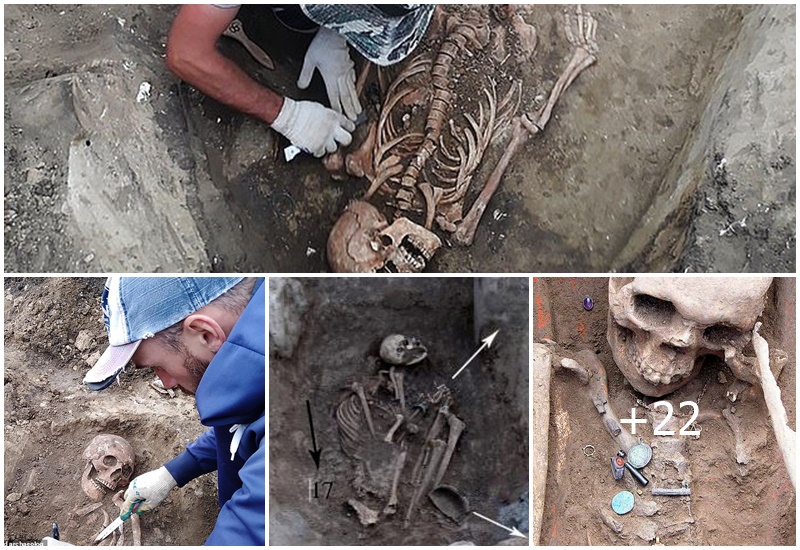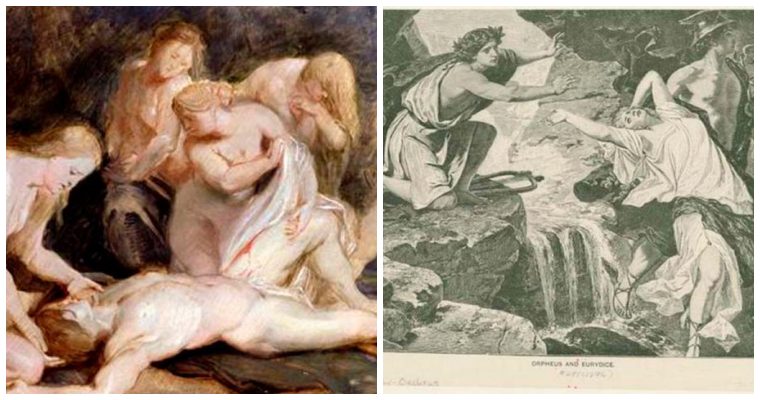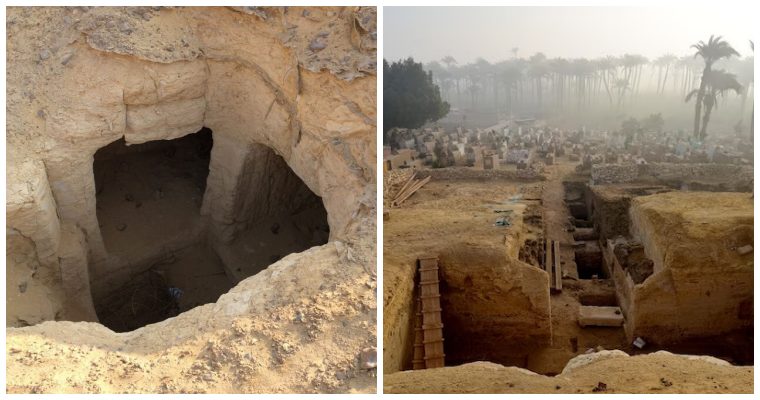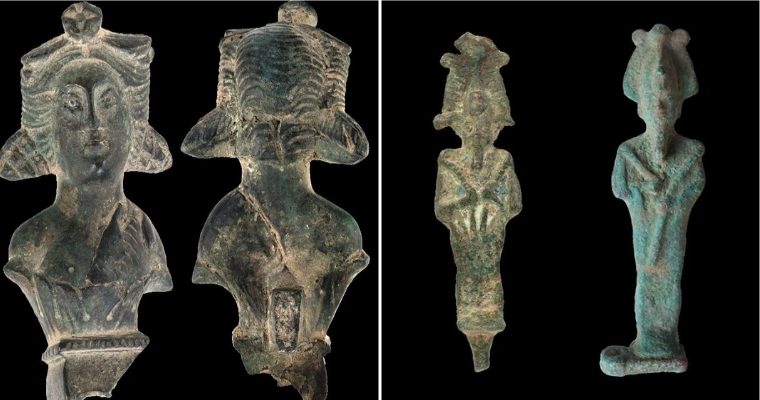According to an international team of paleontologists led by Dr Oumarou Ide from the Université de Niamey, the Republic of Niger, there was an isolated desert in the middle of Pangaea with a fauna all its own.

Artist’s rendering of Bunostegos (Marc Boulay)
During the Permian era, our planet was dominated by a single supercontinent called Pangaea. Animal and plant life dispersed broadly across the continent, as documented by identical fossil species found on multiple modern continents.
In the Republic of Niger, Dr Ide’s team has recently unearthed pareiasaur fossils belonging to the genus Bunostegos, which means ‘knobby roof.’

Pareiasaurs were herbivorous reptiles that were common across Pangaea during the Middle and Late Permian about 266 – 252 million years ago.
“Imagine a cow-sized, plant-eating reptile with a knobby skull and bony armor down its back,” said Dr Linda Tsuji from the University of Washington, who is a lead author of the study published in the current issue of the Journal of Vertebrate Paleontology.
Most pareiasaurs had bony knobs on their skulls, but Bunostegos sported the largest, most bulbous ones ever discovered. In life, these were probably skin-covered horns like those on the heads of modern giraffes. Although at first blush these features seem to suggest that Bunostegos was an evolutionarily advanced pareiasaur, it also had many primitive characteristics.

The team’s analysis showed that Bunostegos was actually more closely related to older and more primitive pareiasaurs, leading to two conclusions: first, that its knobby noggin was the result of convergent evolution, and second, that its genealogical lineage had been isolated for millions of years.
:max_bytes(150000):strip_icc()/tetraceratopsDB-58b9ac6f5f9b58af5c917f79.jpg)
“So how do you isolate a population of cow-sized reptiles? Though there were no fences in the Permian, climatic conditions conspired to corral Bunostegos – along with several other reptiles, amphibians, and plants – and keep them constrained to the central area of the supercontinent.”
“Our work supports the theory that central Pangaea was climatically isolated, allowing a unique relict fauna to persist into the Late Permian,” said co-author Dr Christian Sidor, also from the University of Washington.
“This is surprising because areas outside this central region show fossil evidence of regular faunal interchange.”
Source: sci.news








